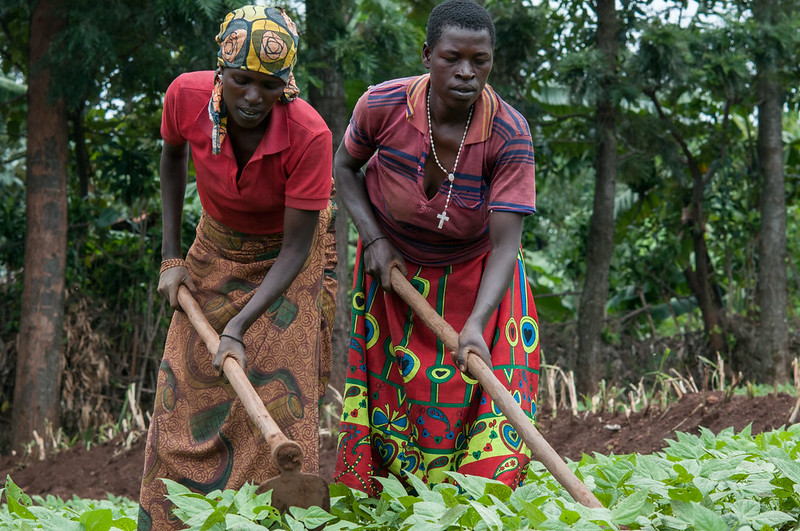A roundtable moderated by Annelies Zoomers and organized by Dominique Schmid
Nowadays when it comes to land, many transitions are ongoing, and many organizations target processes of change to improve livelihoods while defining their target groups. In this roundtable we aimed to critically engage about who is targeted, who is left out and why, and how to deal with non-beneficiaries in the proximity of interventions to make these processes of transition fairer and more inclusive. We explored these links through the eyes of targeted and non-targeted groups by looking at four land governance interventions in Colombia, Chad, Uganda, and Burundi. All of these interventions are part of the Land at Scale programme, a land governance support programme for developing countries funded by the Dutch government. A few key takeaways of the session follow:
Key Takeaways
- Every land governance intervention must prioritize but we cannot look away from those that do not benefit and what effect the interventions may has on these groups.
- Funding issues can prevent more inclusive land governance interventions, but it is important to mitigate potential problems. As one panellist from Colombia highlighted: “Our project does not have the money and time to really work on the land tenure rights of the surrounding farmers – the contexts are also too different. But we can facilitate the start of conversations between the two groups to work towards co-existence. The goal is not access for all, but peaceful co-existence.”
- There still might be spill-over effects of interventions, so that also non-beneficiaries benefit. For example:
- In a Colombian REDD+ project some groups are excluded from the project because they did not want their land part of the collective land. So, now they will not benefit directly from the REDD+ payments because it is implemented on collective land. But they might benefit indirectly if investments are made in public infrastructure such as schools.
- In Uganda, district level land use planning might be needed to implement land-use planning interventions at municipal level. An intervention might train district officials, and this is beneficial also for other municipalities, that are not part of the intervention.
- At times studies are needed to understand the needs of non-beneficiaries, which might lead to more inclusive interventions. As the panellist from Burundi highlighted: “We try to unpack the needs of other landowners/users. For example, refugees that return to their lands or other groups that can be seen as non-beneficiaries such as Batwa people who are landless but they still life somewhere. So, we launched a longitudinal study to get a better understanding of the perceptions of these different groups.”
- Projects might not have the flexibility to easy adopt the target beneficiaries: Flexibility is needed to adopt to ever changing realities on the ground. But being flexible is often not easy also because intervention goals are at times donor driven and political.

